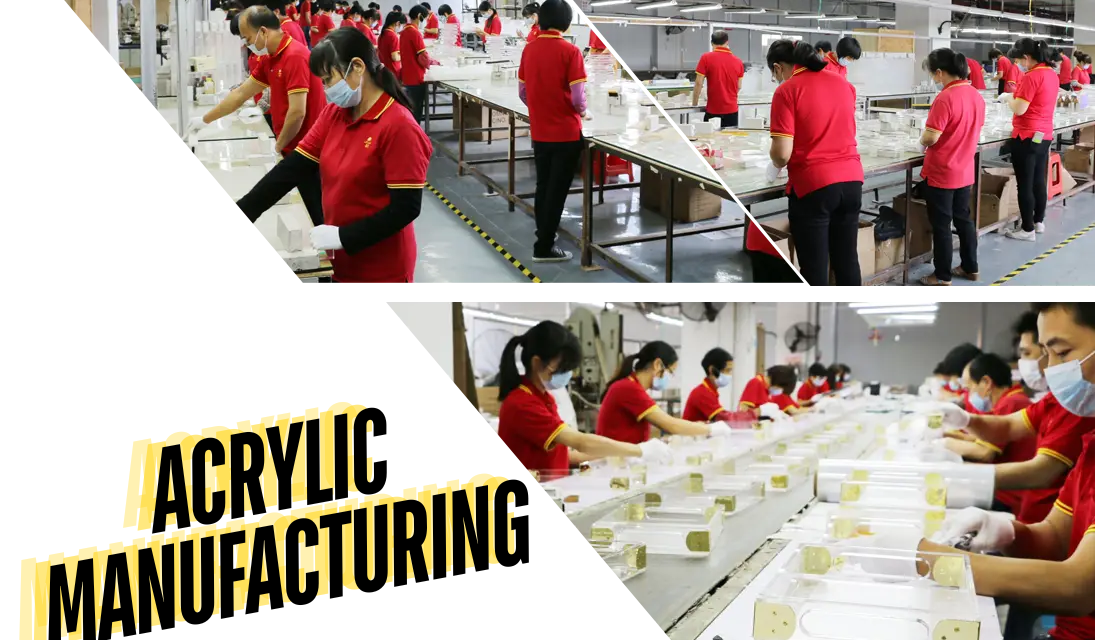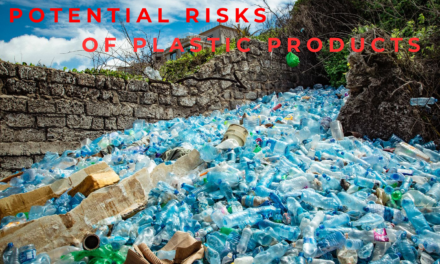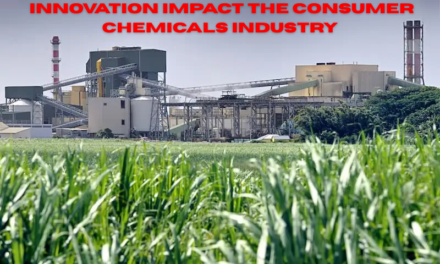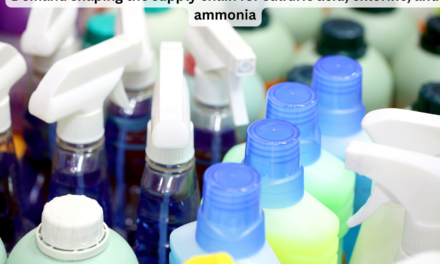Environmental Concerns Associated with Acrylic Manufacturing
Acrylic manufacturing involves petrochemical-based raw materials and energy-intensive processes, leading to several environmental concerns. These issues span raw material extraction, production emissions, waste management, and long-term sustainability.
1. High Carbon Footprint & Energy Consumption
- Acrylic production relies on fossil fuel-derived chemicals like propylene and isobutylene, leading to greenhouse gas (GHG) emissions.
- Polymerization processes, such as bulk and emulsion polymerization, consume significant energy and resources.
- Acrylic manufacturing contributes to carbon dioxide (CO₂) and volatile organic compound (VOC) emissions, impacting climate change.
2. Non-Biodegradability & Plastic Waste
- Most acrylic products, including PMMA sheets, coatings, and synthetic fibers, are non-biodegradable and persist in landfills for decades.
- Improper disposal leads to plastic pollution, harming ecosystems and marine life.
- Unlike natural polymers, acrylics do not easily decompose, posing long-term waste management challenges.
3. Toxic Chemical Emissions & Air Pollution
- Production of acrylic monomers (Acrylic Acid, Methyl Methacrylate) releases toxic gases, including formaldehyde, benzene, and VOCs.
- Suspension polymerization and solvent-based coatings contribute to air pollution and smog formation.
- Exposure to these emissions can cause respiratory issues and environmental toxicity.
4. Water Pollution & Chemical Waste
- Acrylic manufacturing generates wastewater containing unreacted monomers, catalysts, and residual solvents.
- Runoff from production facilities can contaminate water bodies, harming aquatic ecosystems.
- Some acrylic-based paints, adhesives, and sealants release microplastics into the environment.
5. Challenges in Recycling & Circular Economy
- Acrylic plastics (PMMA) are difficult to recycle, with limited large-scale recycling infrastructure.
- Mechanical recycling often leads to quality degradation, making reuse challenging.
- Chemical recycling (Depolymerization) is under development but remains costly and energy-intensive.
- Incineration releases CO₂ and toxic fumes, contributing to air pollution.
Sustainable Solutions & Mitigation Strategies
- Bio-Based Acrylics – Researchers are developing bio-derived acrylic monomers from renewable sources like plant-based glycerol.
- Low-VOC & Water-Based Acrylics – Switching to water-based coatings and adhesives reduces air pollution.
- Recycling & Repurposing – Advanced chemical recycling methods aim to recover acrylic monomers for reuse.
- Circular Economy Initiatives – Companies are focusing on closed-loop recycling and sustainable raw material sourcing.
- Energy-Efficient Manufacturing – Adopting renewable energy and green chemistry can lower the industry’s carbon footprint.
Conclusion
Acrylic manufacturing poses environmental risks, including plastic pollution, toxic emissions, and energy-intensive production. However, advancements in bio-based alternatives, recycling, and sustainable production are key to reducing its ecological impact.
Hashtags
#AcrylicWaste #PlasticPollution #SustainabilityConcerns #EnvironmentalImpact #AcrylicManufacturingImpact #EnergyUse #CarbonFootprint #HighEnergyConsumption #EnergyIntensiveProduction #SustainableManufacturing #EcoFriendlyManufacturing #AcrylicWasteManagement #RecyclingAcrylic #PlasticWaste #CircularEconomy #WasteReduction #AcrylicRecycling

















